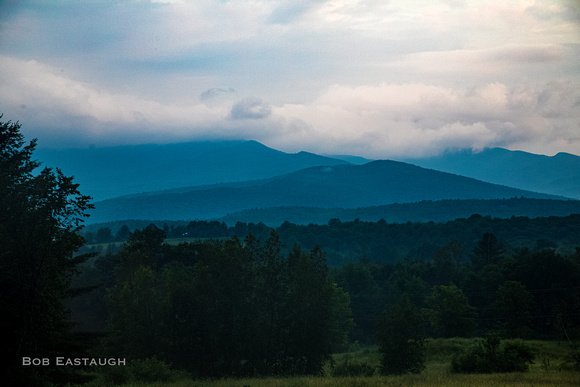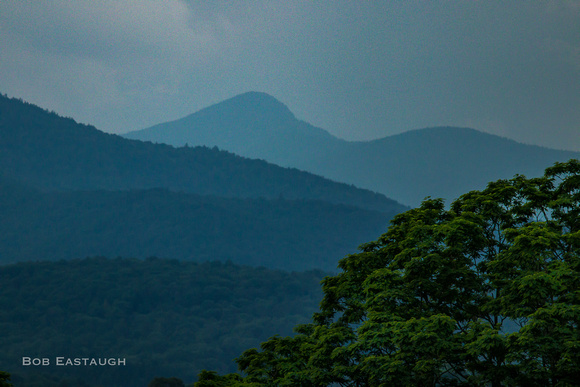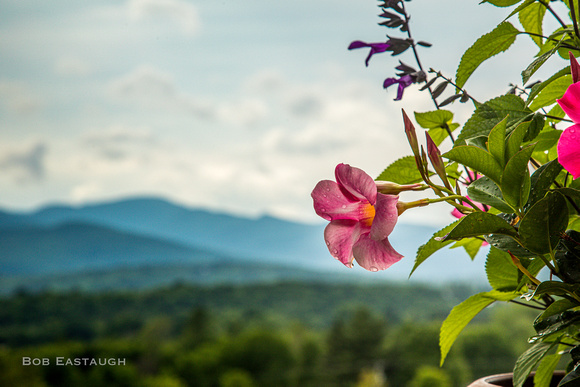Vermont; Green (and Blue) Mountains (Part One) ; July 2019
Another memorial service, this one in Vermont, allowed a little extra time to again enjoy Waterbury, Stowe, and Burlington. Vermont is pleasantly and reassuringly scenic in a seemingly effortless way that conceals how hard it was to make productive use of its rocky soil. It has green fields, farms, cows, sheep, Ben and Jerry's, a sense of history and progressive altruism, countless tidy cottages that seem naturally welded to their lots as though grown there, equally countless Subarus, good skiing, loads of Massachusetts and New York escapees, the idealizing legacy of Robert Frost, and, seemingly, an attitude of connection, acceptance, and cooperation with the land. This latter might simply be rueful resignation to the inevitable after centuries of hard work.
Despite its mountains and skiing and the generally outdoorsy attitudes of its residents, Vermont feels different from its Western counterpart, Colorado, and not just because Vermont's mountains are geologically less dramatic and its fields are greener. Maybe Eastern attitudes differ from Western because different economic forces and human motives originally drove their regional development (ignoring the attitudes of the soon-to-be displaced indigenous inhabitants and the motives of the transient French explorers). New Englanders arguably valued agricultural uses that favored longer-term settlement and improvements (in current terms, "sustainability"), while people in Western mountain regions arguably tended to favor resource development, particularly mining, and were less interested in improving the land except to aid extraction, and thus had a fundamentally shorter-range vision of living on and enhancing the land where one worked. That difference doesn't reflect moral choices; it simply reflects the available resources. The West was mineral-rich; New England wasn't.
Vermont is, of course, most probably named for its green mountains, even though on any given day the most distant are more blue than green. But the foreground fields and trees are green.
 EF4A4096
EF4A4096
 IMG_1082
IMG_1082
 IMG_1077-Edit-3
IMG_1077-Edit-3
Mt. Mansfield is hallowed ski terrain. It and Spruce Peak form Stowe. It appears deceptively placid in summer.
 IMG_1130
IMG_1130
 EF4A4212
EF4A4212
Sepia treatment favors a house that seems especially suited to the land.
 EF4A4182-Edit
EF4A4182-Edit
Fences - wire or stone - and trees border green fields.
 EF4A4189
EF4A4189
 EF4A4186
EF4A4186
Comments


After a lifetime of mainly expressing myself with words, my postings here will mainly rely on images. They will speak for themselves to some extent, but I'll usually add a few comments of explanation. I've taken photographs for decades, since the 1950's, inspired in part by my father's photographic skill. Four years of photo assignments and quality darkroom time eventually gave way to decades of casual and family picture-taking. I re-immersed myself when I left film and turned to digital.